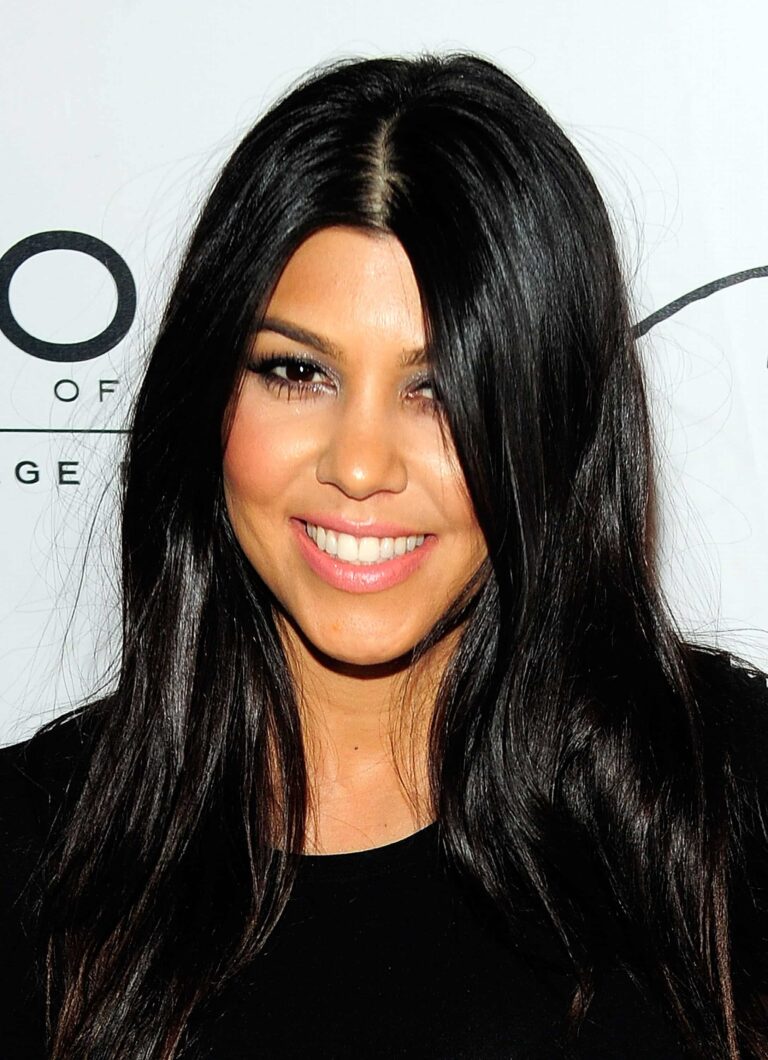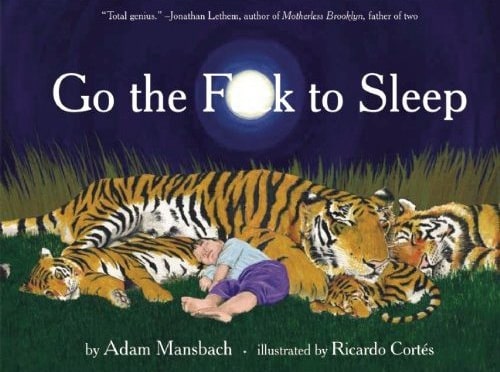Notes From Abroad: In Asia, Child Modeling Has Big-Time Benefits
 When the news is on a grim streak, occasionally a human-interest story will pop up and distract us from the horror of it all. Take this item that Japan’s NTV news circulated last month:
When the news is on a grim streak, occasionally a human-interest story will pop up and distract us from the horror of it all. Take this item that Japan’s NTV news circulated last month:
”Child Modeling Agencies Suffer After Foreign Parents Flee Japan.”
In the wake of the mass exodus this spring, nearly 90 percent of foreign child models, we are told, have taken themselves off the books. Leaving agencies like Sugar & Spice in Tokyo to make do with homegrown, or more coveted mixed-race, faces.
Some parents may feel a hint of schadenfreude watching the struggle of an industry that ushers our young into grown-up environments fraught with rejection, objectification and too many mixed signals. Fair enough. Think ”child model” and most imagine a Lolita in lipgloss, wearing a polka-dot bikini and a suggestive posture: the kind of pretty that gets uglier the more you think about it.
Or you might remember the 2003 episode of Absolutely Fabulous, in which Edina furtively books Saffy’s mixed-race daughter for a commercial shoot with Jean-Paul Gaultier. ”A mixed-race baby is the finest accessory anyone in my position could ever have,” she says. ”It’s the Chanel of babies!”
It’s funny because it’s true.
Either way, in the image stakes, this image-obsessed industry doesn’t rate highly.
And yet for mothers living in Asia, introducing a child to modeling (call it capitalizing on the East’s obsession with the look of the West, if you must) can be a positive thing.
It can’t be easy raising a family in Tokyo, a city where mothers are discouraged from working and children are discouraged from acting like children in so many public places. Tie that in with the language barrier and the permanent chaos that inhibits many a family from gathering in town, and life can be fairly isolating.
In developing countries like China, ”trailing spouses” almost universally women accompany their husbands on job relocations with the proviso that they not work themselves.
For these families, a regimen of castings and shoots even the hours spent in waiting rooms with like-minded families is a reason to get out of the house. It can give mothers and children rare one-on-one bonding time. It can expose them to an exclusive industry, open them up to a new language and provide them with useful contacts.
And for those who rely on a single household income, it can help financially. A recent article in the Wall Street Journal noted that the downturn in the economy has driven numbers of child models upwards. A New York agency called Funnyface, writes Anjali Athavaley, ”is getting more calls from parents who are out of work and now have the time to take their children to auditions.” With kids’ modeling wages typically about US$100 to US$125 an hour, she says, modelling is a way to subsidize the household income.
(A flat economy means fewer advertisers, of course, and fewer jobs because of it. But that’s another matter.)
Anna, an American friend of mine living in Shanghai, savours the one-on-one time she spends with her son, Kaelen time she rarely finds with two younger daughters forever in tow. Kaelen’s maturity that of a boy twice his age helps ease the ups and downs of her stage-mom lifestyle.
And his sandy hair pretty much ensures they’ll never be broke.
In China, sandy is the Chanel of hair colours. Or something like that.
(Photo: Jay Eisen)





